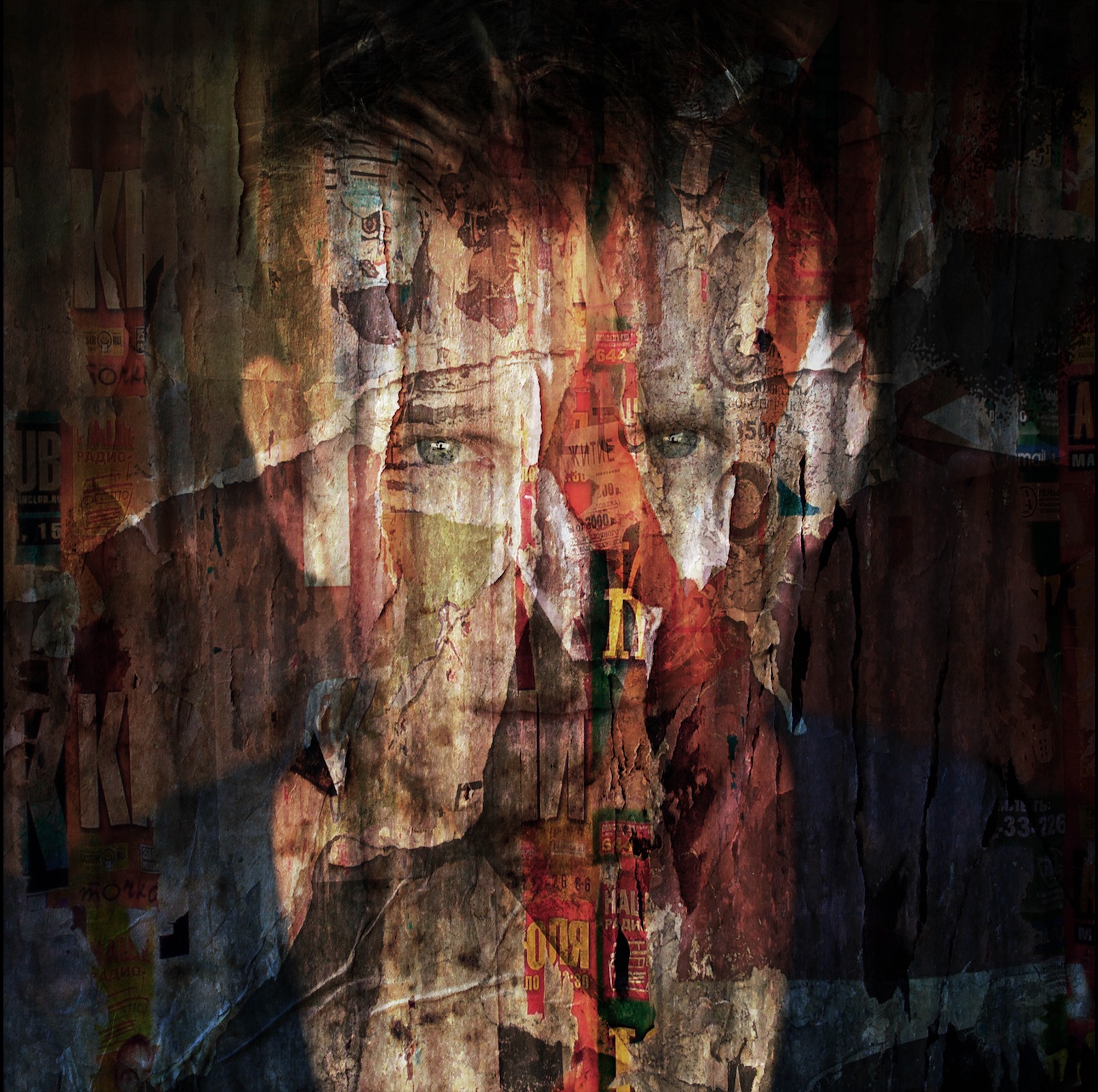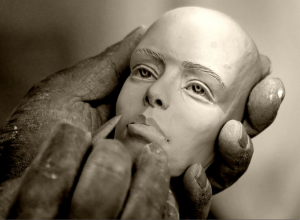By Hunter Lee Hughes
Certainly, the pursuit of an athletic career is not the perfect metaphor for the pursuit of an acting career. But there are striking similarities in key aspects of the livelihoods that I believe are worth examining to enhance and deepen an actor’s understanding of his craft.
A poet writes a poem, a sculptor makes a sculpture, a photographer snaps a picture, but an actor doesn’t have a product to show for his art…outside of his own body. It is the same with athletes. Their body is their offering. No more, no less. This is the first key area in which I think there is greater overlap between acting and athletics than acting with many other artistic disciplines. When an athlete has an outstanding day on the field, a colorful radio commentator might swoon, “What a PERFORMANCE from So-and-So tonight!” Guess who also have performances?
The pursuit of a performance (rather than a tangible product outside the body) means that there are better nights and worse nights. You may like it or hate it, but Salvador Dali’s “The Persistence of Memory” is never changing. Neither is “A Tale of Two Cities” or any of the poetry by Walt Whitman. It is done. But if you go down and see “A View from the Bridge” two evenings in a row, there’s a good chance you’ll experience a change in the quality of performance from one night to the next. And while an actor’s performance within a film may be locked into place, that’s really a function of the director and editor, not the actor. On set, there was a big difference between take one and take four, when the actor slightly adjusted the line given to her, leading to a delicious twinkle in her eye. In take three, the actor moved his head differently and smiled at the end of the scene rather than looking down. In take five, a bug unexpectedly crawled into frame and the actor incorporated a reaction to it into his performance. In take six, the actor took an extra moment to breathe before she said her fourth line. The actor’s work – moment by moment – is a performance that varies in quality and texture depending on the day, the conditions and the execution by the actor. It’s similar for athletes. An athlete who performed at a peak level of fitness last week may be a “half-step” slower the next week. In one game, an athlete is playing it safe. In another, they may take more risks and, in yet another, their performance is inhibited by distractions or an injury.
Actors and athletes must deal with the expectation of performing at a specific date and time, unlike many artists who more or less work on their own schedules. Other types of artists may have deadlines, sure. But they are not required to produce creative output at an exact time. A poet reeling from a recent break-up can wake up in the middle of the night, still slightly drunk, pick up his journal and write. And you know what? Who’s to say that won’t be an amazing, enduring poem? The audience reading it might never know that the poet writing it was drunk at three a.m. with the rent overdue. Actors, on the other hand, receive call sheets and are told by stage managers when they have five minutes before the curtain goes up. Athletes, also, don’t play the game when they’re at their peak moment of fitness or when inspiration strikes. They play the game on game day, which was predetermined by someone else.
It may be more crass to mention it, but the sort of pop culture fame available to the most high profile actors is similar to what awaits the most high profile athletes. Even the most highly regarded and well-known sculptors and poets and authors do not inspire the same sort of popular culture obsession that greets any number of actors and athletes. There are exceptions of course. Perhaps, Salvador Dali in his lifetime managed to viscerally engage the zeitgeist. But for the most part, it’s actors and athletes who have the better chance at being a phenomenon in popular culture. This is interesting not just because actors and athletes get to date models and generate lots of attention, television interviews and cash. It’s interesting because actors and athletes receive powerful unconscious projections from their viewing public in a way that’s not available to authors or painters or photographers. An actor or athlete’s conscious use of these archetypal projections can enhance (or in some cases, derail) their work. The tennis legend Ivan Lendl realized that the public made powerful unconscious projections on him when they dubbed him “Ivan the Terrible” and “The Terminator” and he somewhat consciously reinforced this image of a man who “never smiled” to intimidate his opponents, thus using the energy from spectators to strike fear in his other players and to propel his own career. An actor, too, can grow in understanding of the unconscious projections hoisted onto him by the audience and use them to his or her advantage. Tom Hanks benefitted from the projections of the audience that he was an “everyman” and all-around good guy when he played the role of Andrew Beckett in “Philadelphia.” At that time, nearly 25 years ago, for the archetypal “everyman” quality to be grounded into the role of a gay man dying of AIDS was groundbreaking and Hanks won the Oscar. Hanks cleverly used the way the zeitgeist saw him in order to force them to see his character in more human terms.
Actors and athletes are both dependent on others in order to fulfill their craft. Sure, there are many poets, sculptors and songwriters who never receive one iota of attention for their work. But, all the same, if you walked into a hermit’s cabin in the woods who never said anything to anybody and discovered 100 fascinating and compelling sculptures there after he passed away, we’d say with confidence: this man was a sculptor. The quality and importance of his work could be assessed at that time and our (dearly departed) hermit might very well have completed an artist’s life without another living soul ever meddling with his process. This example illuminates that within many artistic disciplines, it’s at least POSSIBLE that the artist can work without other human beings. But with both actors and athletes, there is clearly a dependency upon other human beings to fulfill their calling. Naturally, by definition, all the team sports involve other players. But even individual sports require an opponent, thereby necessitating at least one other human being. Sure, one can exercise on one’s own. But if you only exercised on your own for twenty years and never competed in anything against an opponent, it would be difficult to claim the title of “athlete.” Actors are also dependent on others – the writers provide the dialogue, the directors help them discover the blocking and, importantly, they often must face off with other actors to make a scene come alive. If someone wanted to live a completely solitary life, we must admit it’s possible they could be a songwriter or sculptor or poet or novelist, but it seems ridiculous to think they could ever live out their lives in solitude and still fulfill the responsibilities of an actor. Sure, some actors write their own dialogue and direct themselves in one-man or one-woman shows, but I would argue that it is their functions as writers and directors that enable them to be less dependent on others. In the natural course of things, actors, like athletes, are dependent on others to pursue their craft, a significant difference from other artistic disciplines.
By making the comparison of acting to athletics, I don’t mean to disparage actors (or athletes, for that matter). I do believe creativity and artistry is required to achieve at a high level as an actor. But I also think that perhaps actors are well-served to learn how athletes effectively prepare for a key game or competition when thinking of their own preparation for an audition or performance rather than emulate fellow artists. Simply put, Van Gogh’s process in painting “The Starry Night” may be less relevant to actors preparing a role than how tennis players train for the U.S. Open. In fact, I’ll use the tennis analogy in a future post to test out this little theory.
What do you think? Are actors more like athletes than poets or sculptors or novelists? Or are actors more like artists than athletes? Why?
Hunter Lee Hughes is an actor and filmmaker who founded the production company Fatelink in 2005. His feature film directorial debut, Guys Reading Poems, is currently touring film festivals. He founded the creative studio StoryAtlas in 2013.



